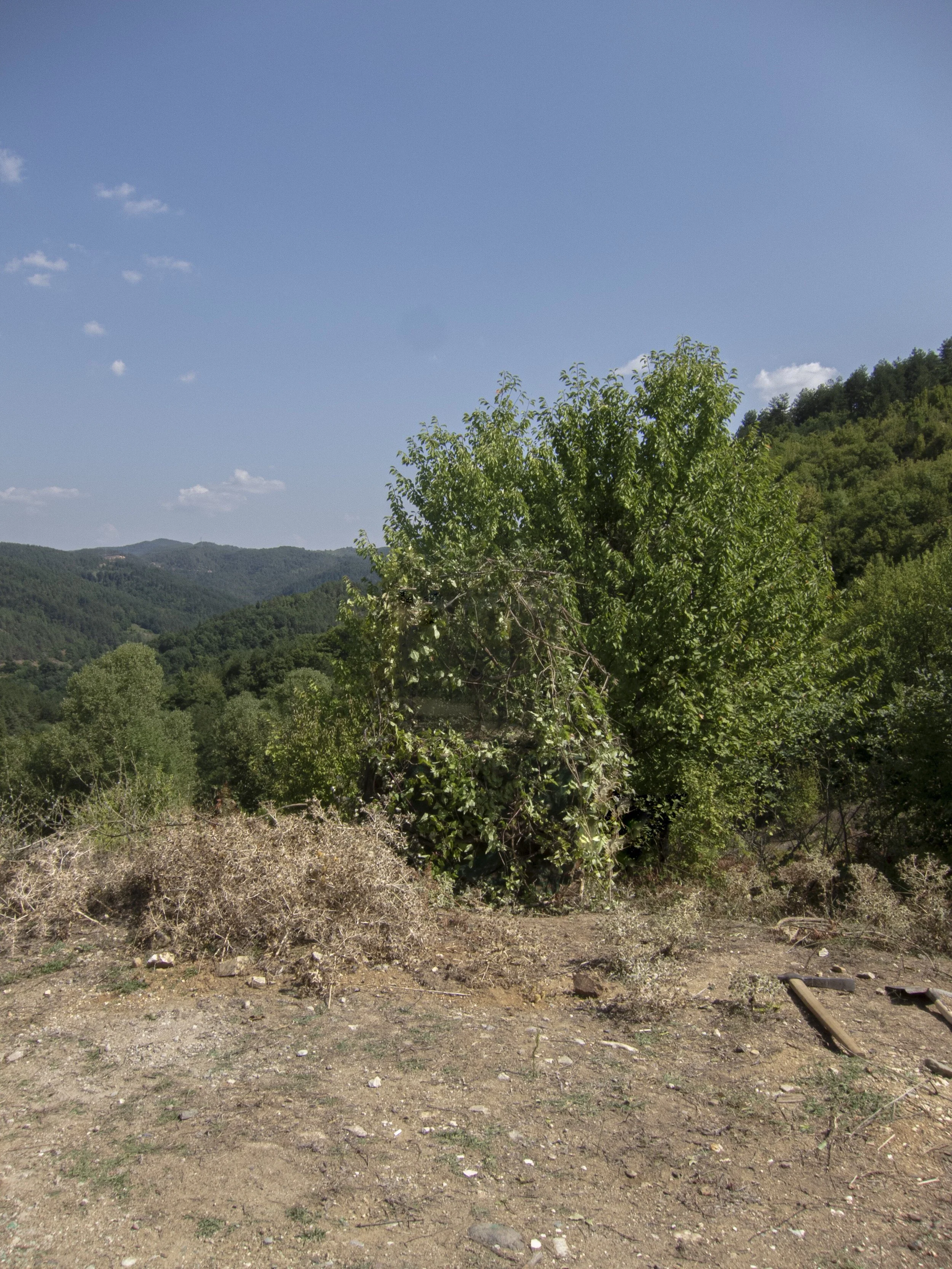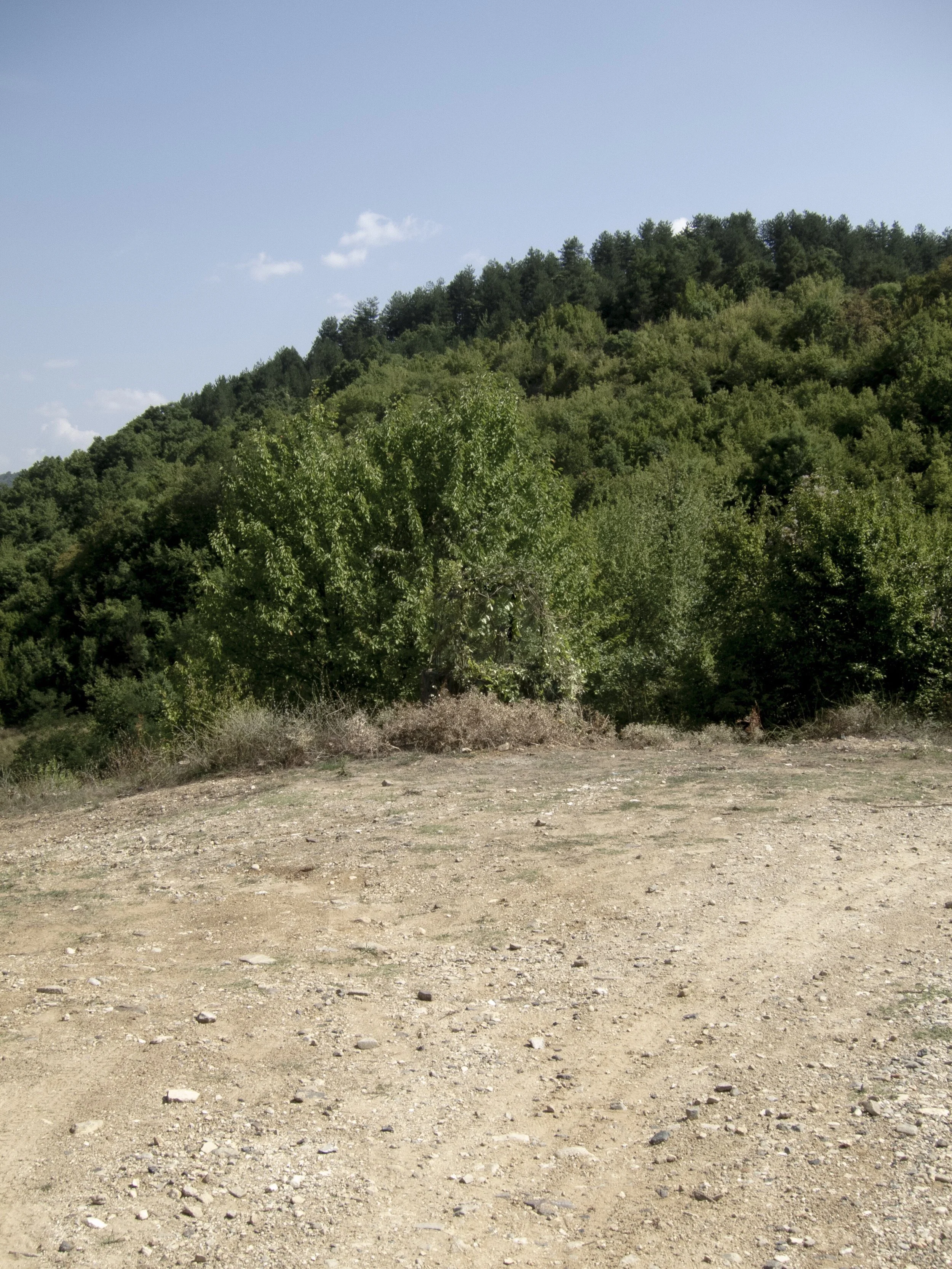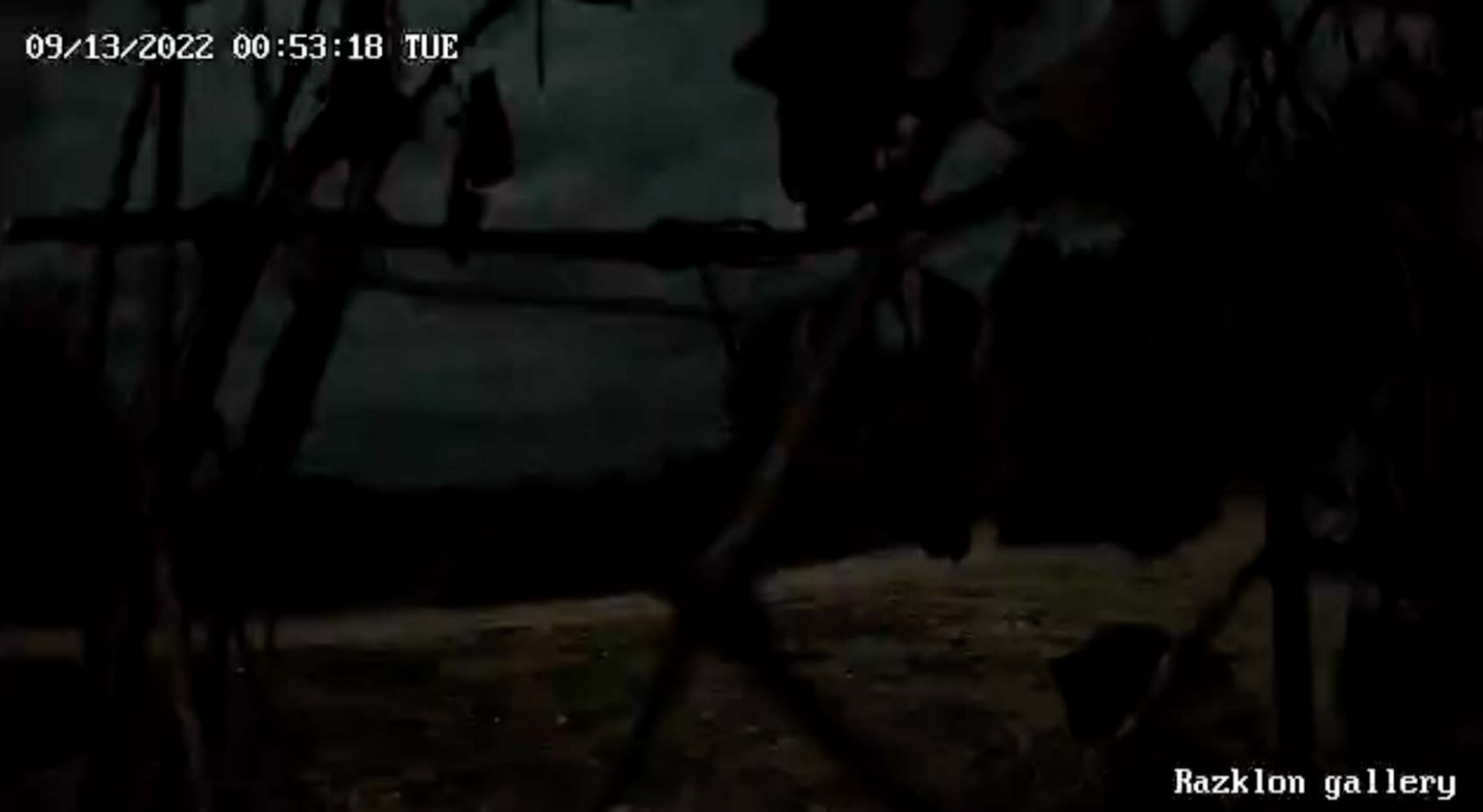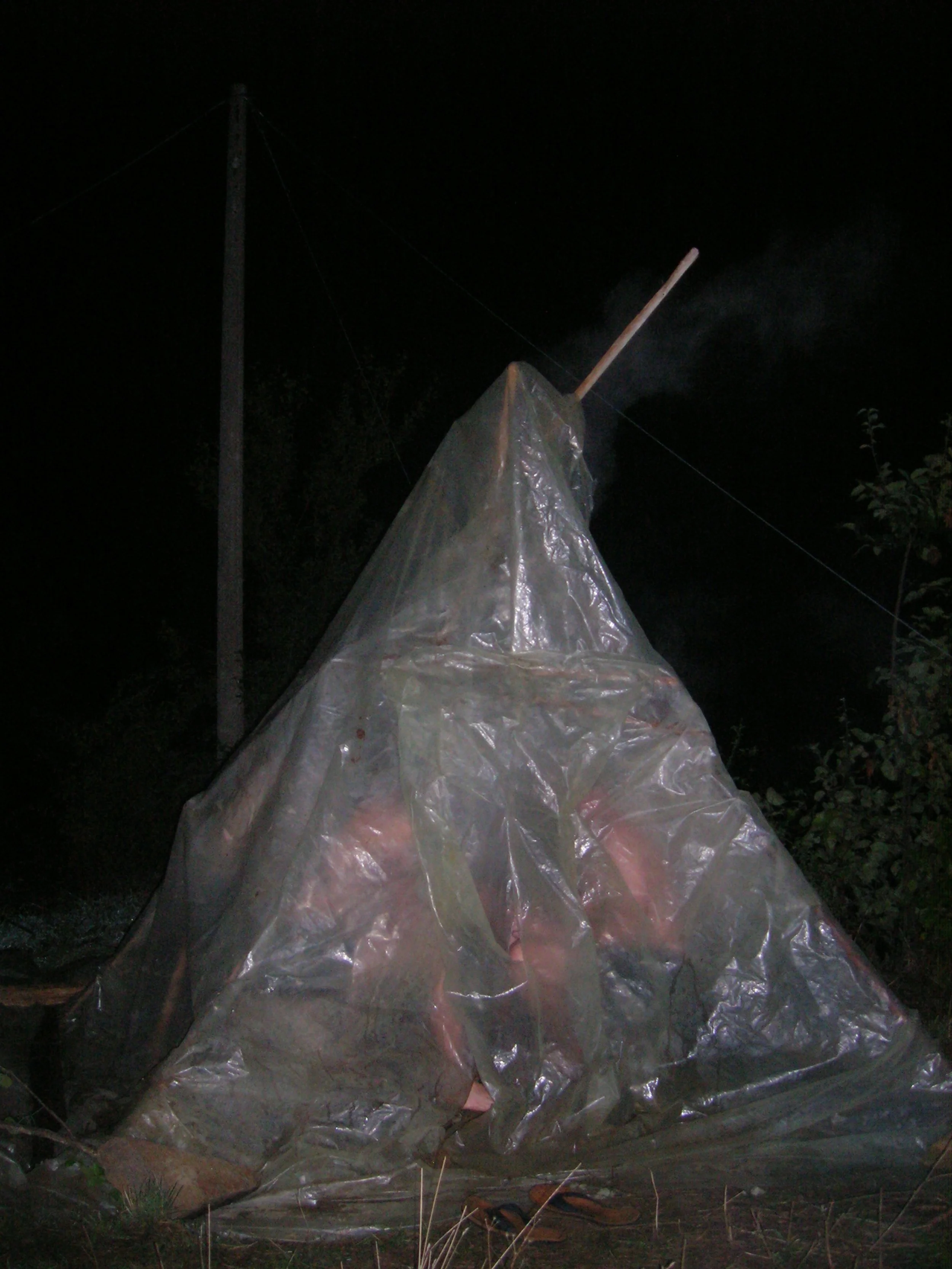tsarino
(In)Constant Observer (duo exhibition + residency with Leevi Toija) @ Razklon Gallery, Tsarino (BG)
19.8.-2.11.2022
As the location of Razklon is substantially unreachable, this site-specific installation attempts to make it more accessible for the viewers. However, here the majority of the viewers are not capable of seeing the exhibited object per se, but are offered the static environment surrounding it. As an idea the installation is comparable to the innocent-appearing, zither music playing weather channels in central European mountain regions, but in today’s social context it aims to decipher beyond. The installation deviates from tradition by switching the position of the art object; from the main subject of documentation into a tool of surveillance, therefore also changing the meaning of the gallery space.
Trail cameras are often used for entertainment, but on the foundational level they are created for surveillance and usually set up in a discreet manner. As the gallery space is camoed, it is no longer a space within the outdoor space, but it becomes the art object itself. The glass walls no longer function as borders/limits and a certain aura is lost; now we return to the beginning to some extent, as the only things left are context and memories.
What does it mean that a camera is placed into an environment that is lucky to be free of such elements of power? The village of Tsarino was abandoned and to some extent forgotten. There is not much information available about the location apart from the information from Tsarino Foundation -- creating such installation momentarily positions the place into the vulnerable public rhizome of data.
At the end, the above-mentioned freedom here is debatable as the place already has some kind of mobile data connection, not to mention gps/satellites and other incomprehensible technology only accessible to certain authorities.
The installation is streaming timelapse photographs online via mobile data, however it plays with the basic idea of surveillance; it only uploads new frames when no movement is detected – communicating a static idea of order. If movement is detected, the live stream freezes and continues only when the predetermined order has been restored. As the photographs are timestamped, the viewers get an impression that something is wrong, as the installation opposes the general understanding of such systems. The artists take the role of authority that is able to see beneath the surface and understand the full picture, controlling what is suitable for the viewers. Nevertheless, the installation maintains a subordinate role under the forces of nature – the simple technology used may fail as well.
Side mission: sauna





